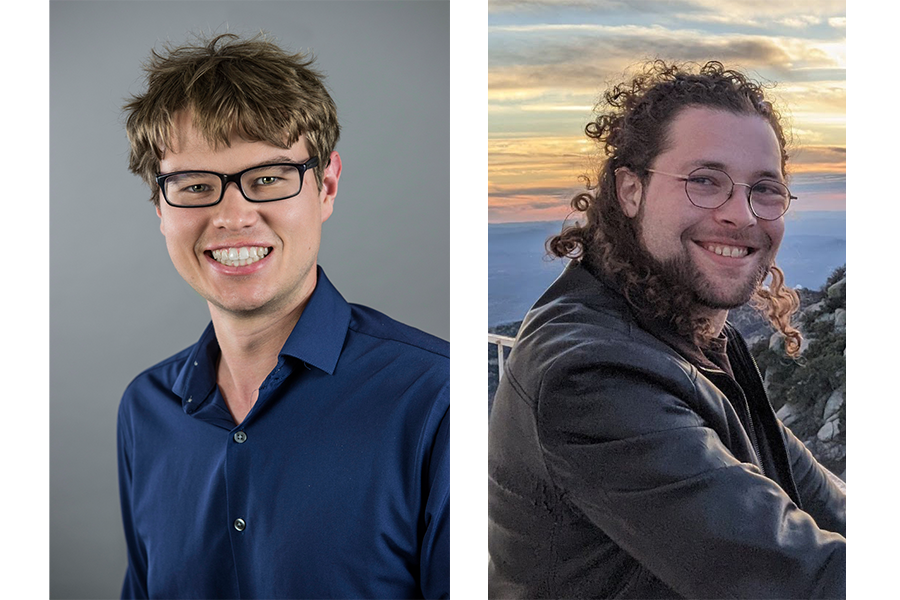Events
Events Calendar
Colloquium: Patrick A. Lee, MIT
Thursday, March 30, 2023, 3:35 p.m. through Thursday, March 30, 2023, 4:35 p.m.
B50 Tate
"An overview of quantum spin liquid: standing on the shoulder of a giant named Anatoly"
Abstract: I shall review the current status of quantum spin liquid, particularly the gapless variety which is described by emergent gauge fields and fermionic particles called spinons. The theory has benefited greatly by the insight of Anatoly Larkin on the role of gauge field fluctuations, leading to the famous Ioffe-Larkin rule. I shall review the status of several promising experimental candidates and describe some proposals to experimentally access the spinons as well as the gauge field.
Colloquium: Liang Fu, MIT
Thursday, March 23, 2023, 3:35 p.m. through Thursday, March 23, 2023, 4:35 p.m.
B50 Tate
"Diodic quantum materials"
Abstract: The p-n junction is the key building block of modern microelectronics that underlies diodes and transistors. In recent years, it has been found that certain quantum materials can have a direction dependent electrical resistance and thus exhibit an intrinsic diode effect without any junction. In this talk, I will first describe diodic superconductors that exhibit zero (nonzero) resistance in the forward (backward) direction. Such superconducting diode effect generally appears when Cooper pairs in the ground state have finite center-of-mass momentum, as in the Larkin-Ovchinnikov-Fulde-Ferrell superconductor. Next, I will describe noncentrosymmetric conductors that exhibit a nonreciprocal Hall effect at zero magnetic field, with the transverse current quadratic in the applied voltage. This intrinsic nonreciprocity is a fundamental material property that originates from the quantum geometry of itinerant electron states in crystals. Potential applications of diodic quantum materials in high-frequency (THz) and low-power electronics will be discussed.
Colloquium: Radu Roiban, Penn State
Thursday, March 16, 2023, 3:35 p.m. through Thursday, March 16, 2023, 4:35 p.m.
B50 Tate
Abstract: Quantum field theory is a common language of many areas of physics. By bringing together aspects of the traditional and formal approaches, modern scattering theory is an important probe of fundamental interactions. After reviewing some of the remarkable properties of scattering amplitudes, we will discuss examples where they played a critical role. They include applications to the general relativistic two-body dynamics and gravitational-wave physics, where they establish the state of the art in weak-field fully relativistic calculations, and the probe of high energy properties of maximally supersymmetric supergravity theory.
Colloquium: Nick Law, UNC, Chapel Hill
Thursday, March 2, 2023, 12:03 p.m. through Thursday, March 2, 2023, 12:04 p.m.
B50 Tate
Abstract: The recent consumer revolutions in digital imaging, computing and data storage have opened up a new frontier in optical astronomy: the ability to generate vast datasets to detect rapidly changing events in the sky. However, almost all telescopes are currently limited to looking at small patches of the sky. This limitation makes it very difficult to quickly find rare rapid events, such as the super flares that can destroy the habitability of exoplanets, or the electromagnetic counterparts to gravitational waves. In this talk I will introduce the Argus Array, the first large telescope able to observe the entire sky simultaneously. The 55 GPix telescope array, which we are currently prototyping, is designed to build the first million-epoch movie of the sky, at depths exceeding current sky surveys and cadences thousands of times faster. I will discuss the Array's science plans, how we will analyze its exabyte-scale dataset for interesting events in realtime, the status of our Argus Pathfinder prototype system, and prospects for the near-future construction of the full Argus Array.
Astronomy public viewing night
Friday, Feb. 24, 2023, 8 p.m. through Friday, Feb. 24, 2023, 9:30 p.m.
B50 Tate for presentation/observatory
Join us every Friday night between February 3rd and the end of the semester (saving March 10 which is Spring Break) for rooftop observing through our historic telescope in the dome of the John T. Tate Hall. There will be a presentation followed by outdoor observing (weather-permitting). You will have the chance to observe some of the same celestial objects that have inspired sky-gazers throughout history!
Afterwards, if weather allows, attendees have the opportunity to view the sky through multiple 8-inch reflecting telescopes, operated by the staff and provided by the Minnesota Institute for Astrophysics. Additionally, we provide free star maps (e.g. www.skymaps.com) and are happy to show visitors how to use them. Throughout the evening, we encourage questions from the audience and enjoy discussing topics ranging from backyard astronomy to the latest scientific discoveries.
The presentation begins at 8:00 pm in the Tate Laboratory of Physics, room B50. Telescope observing usually begins around 8:25-8:30 pm upstairs in Tate 510.
The presentation and outdoor observing are free for all to attend!
Colloquium: *POSTPONED* Roger Rusack, University of Minnesota
Thursday, Feb. 23, 2023, 12:03 p.m. through Thursday, Feb. 23, 2023, 12:04 p.m.
B50 Tate
Abstract: Spontaneous symmetry breaking was first used in the late 1950’s to explain the phenomena of superconductivity. Applying the same idea to relativistic gauge theories eventually lead to the observation in 2012 of the Higgs boson at the LHC. In my talk I will briefly describe some of the steps taken going from an obscure idea to this observation. My talk will focus on the experimental challenges that were faced to find the Higgs boson and how a massive global effort to build the Large Hadron Collider to produce the Higgs boson and to construct the detectors to observe it, all came together to make the initial observation. I will outline how, since 2012, we have learnt much about the properties of the Higgs boson in the highly detailed studies conducted by the CMS and ATLAS Collaborations.
Colloquium: Minerba Betancourt, Fermilab
Thursday, Feb. 16, 2023, 3:35 p.m. through Thursday, Feb. 16, 2023, 4:35 p.m.
B50 Tate
Abstract: The discovery of neutrino oscillations opened new windows for the study of neutrino physics. In this talk, I will give an overview of the neutrino physics program at Fermilab and the remaining questions for the neutrino physics. I will highlight status of Short-Baseline (SBN) program at Fermilab. The SBN program consists of liquid argon time-projection chamber detectors located along the Booster and NuMI Neutrino Beams at Fermilab National Accelerator Laboratory. Its main goals include searches of light sterile neutrinos with unprecedented sensitivity in eV^2 mass range, a rich program of neutrino interaction measurements and novel searches for physics beyond the Standard Model. In this talk I will focus on the status of Short-Baseline Near and ICARUS experiments.
Colloquium: John Ellis, King's College London
Thursday, Feb. 9, 2023, 3:35 p.m. through Thursday, Feb. 9, 2023, 4:35 p.m.
B50 Tate
Abstract: Atom interferometers measure the quantum interference between cold atoms in clouds following different space-time trajectories, which is sensitive to phase shifts induced by interactions with ultralight dark matter or the passage of gravitational waves. The capabilities of atom interferometers will be illustrated by their estimated sensitivities to the possible couplings of ultralight dark matter to electrons and photons, and to gravitational waves in the frequency range around 1 Hz intermediate between the peak sensitivities of the LIGO and LISA experiments. The latter open a window on mergers of masses intermediate between those discovered by the LIGO and Virgo experiments and the supermassive black holes present in the cores of galaxies, as well as fundamental physics processes in the early Universe.
Colloquium: Dennis Overbye, New York Times
Thursday, Feb. 2, 2023, 3:35 p.m. through Thursday, Feb. 2, 2023, 4:35 p.m.
B50 Tate
Abstract: From your lips to the front page. For the last several years I have carried on business as the "Cosmic Affairs Correspondent" of the New York Times. That's what it says on my business card. How did I wind up with this, well, cosmic-sounding title and what do I do with it? What is the role of science at the Times? How do we get it right? What do we do wrong?
Colloquium: Dan Stamper-Kurn, UC Berkeley
Thursday, Jan. 26, 2023, 3:35 p.m. through Thursday, Jan. 26, 2023, 4:35 p.m.
B50 Tate
Abstract: Ultracold atomic gases are perhaps the coldest matter in the universe, reaching temperatures below one nano-kelvin. At these low temperatures, noise is ironed out and the quantum mechanical properties of atoms, not only of their internal atomic states but also of their center-of-mass motion, become accessible and visible. I will describe applications of this ultracold quantum material in the areas of quantum simulation, sensing, and computation. Specifically, I will show how quantum gases far from equilibrium allow us to probe geometric singularities in band structure, a quantum simulation of condensed matter. I will describe how single atoms, trapped tightly within optical tweezers, can be serve as quantum sensors within a scanning-probe microscope of optical fields. Finally, I will explain how cavity-enhanced detection allows us to make mid-circuit measurements within an atoms-based quantum computing platform, a step toward quantum error correction. And what's next? Feedback control of quantum systems? Electromagnetic vacuum fluctuations serving as a chemical catalyst? Telecom-frequency optical clocks? Simulation of flat-band ferromagnetism? Perhaps all of the above.
School News
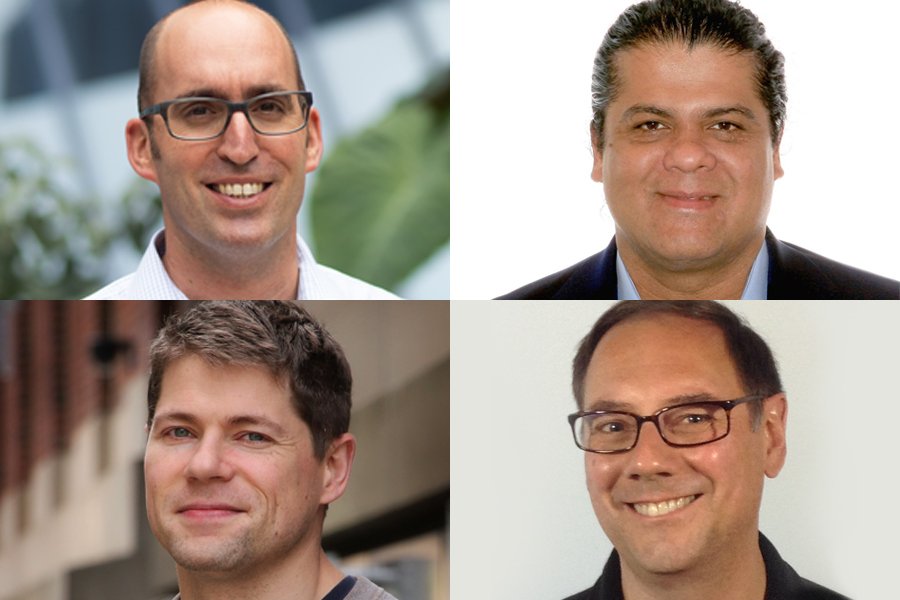
Four new CSE department heads begin in 2024-25
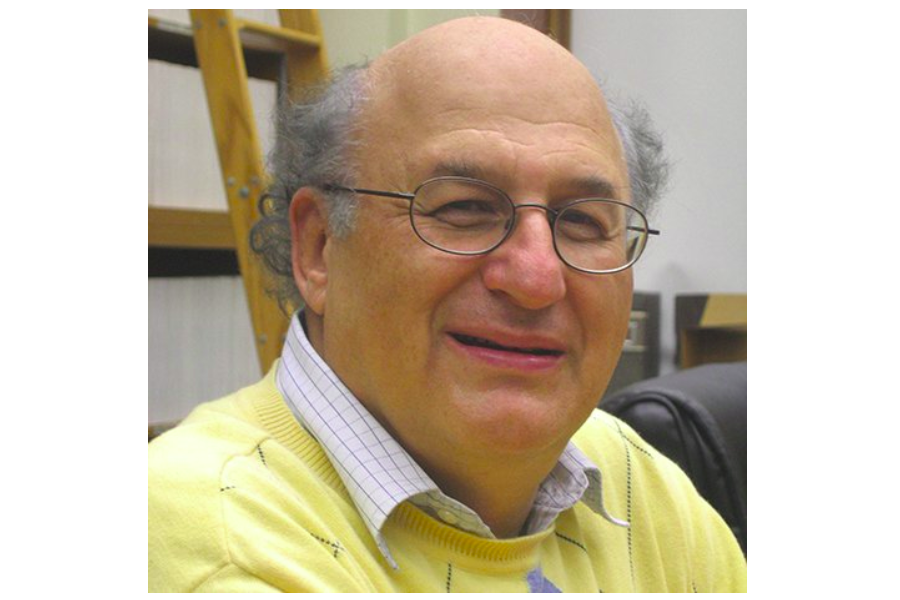
Shifman named Regents Professor

Glesener awarded Allen M. Goldman Faculty Fellowship

Burnell appointed to Tang Family Professorship
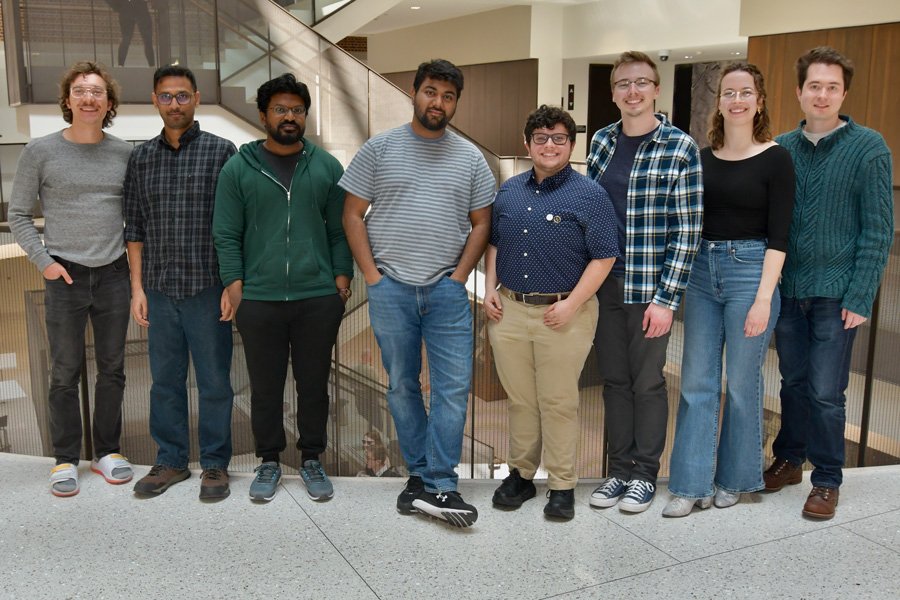
2024 Graduate Awards and Fellowships
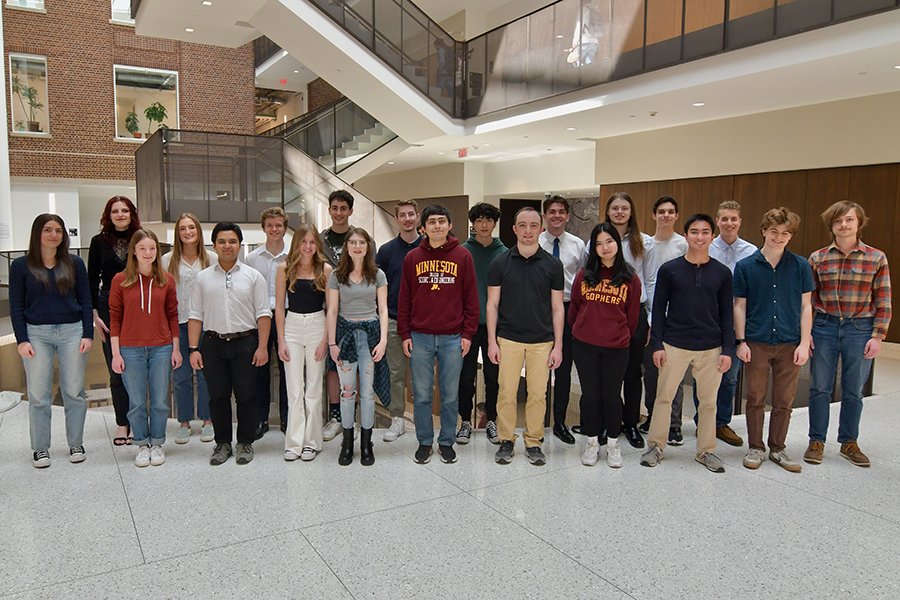
2024 Undergraduate Scholarship Recipients
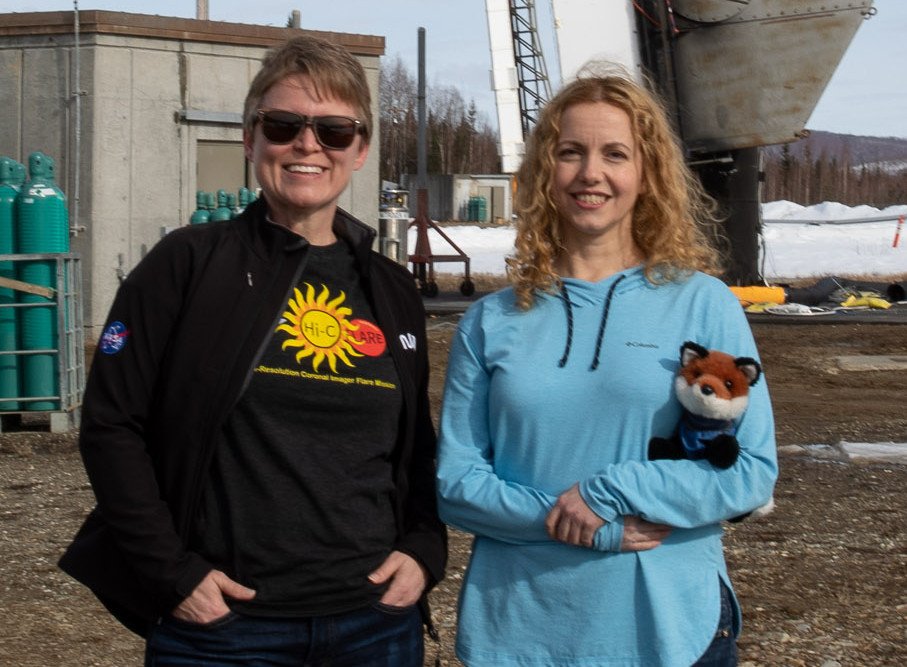
Glesener part of NASA's first solar flare observation campaign
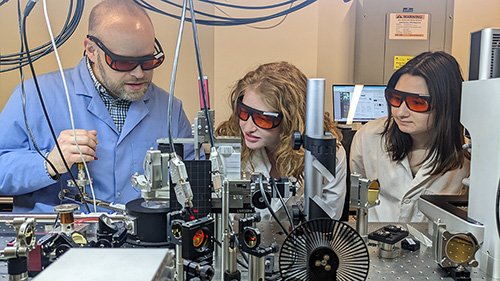
Inside Professor McLeod’s Nano-Imaging Laboratory
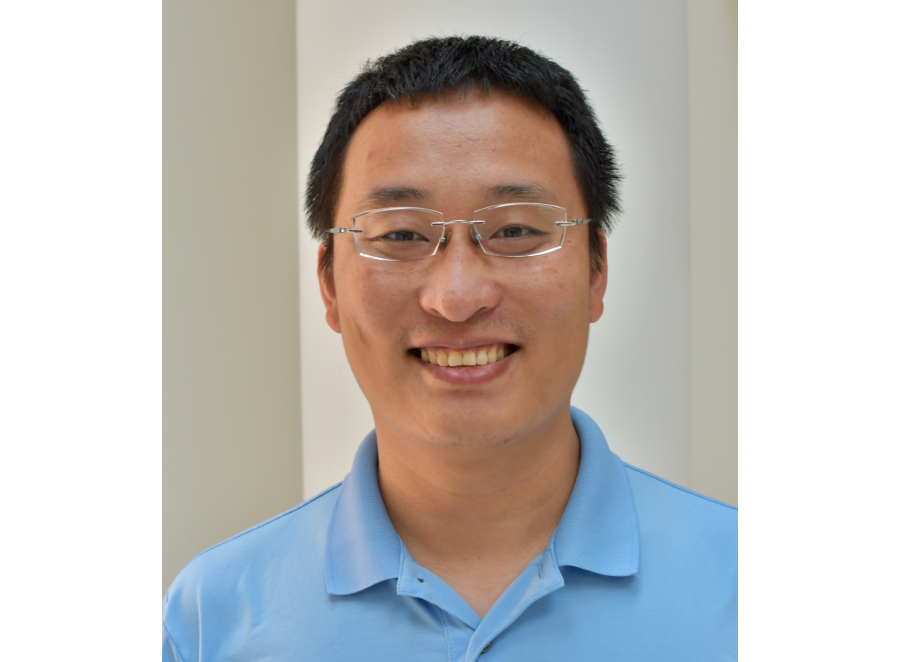
Liu receives prestigious Sloan Research Fellowship for early-career researchers
